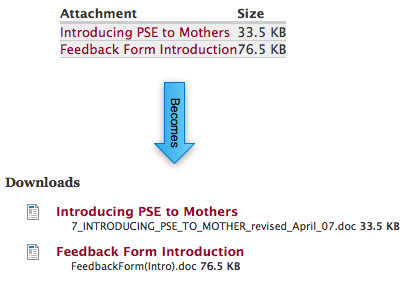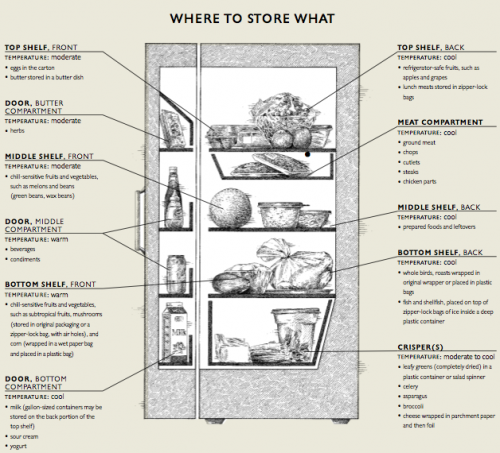What to ask before building a website
I’m always curious to see what people spec out for consulting (since I have my own template as well). Found this great listing (pasted below) from SitePoint
via one of our VISTAs’s personal website UI and Me.
Background * Goals. What are your specific goals? Consider: o company/brand awareness, o product/services awareness, o product/services sales, o community building, o entertainment, o knowledge sharing, and o internal communications. * Promotional Fit. How should your Website fit with current promotional and marketing strategies and materials? * Deadlines. What are the schedule or deadline requirements? * Funding. What are the budgetary constraints? * Measurement. How will you measure the success of the site? Next Steps: 1. Develop a ranked (from most- to least-important) Goals Master List. 2. Create a mission statement for the site. 3. Identify how the mission and goals of the site might change from short-term to long-term, given the direction of your organization and industry. Audience * External. Who is your EXTERNAL audience? Consider: o current customers, o potential customers, o suppliers, o professional/trade organizations, o investors, o competitors, o children, o schools/educators, and o the sight-impaired. * Internal. Who is your INTERNAL audience? Consider: o all employees, o management, o marketing/sales, o operations, and o IT. * Sub-groups. Determine all subgroups within the audiences identified above. * Define. Identify the interests, technical skills and special issues for each audience group and subgroup. Next Steps: 1. Create a ranked Audience Master List. 2. Develop an Aligned Master List by matching the Audience Master List to the Goals Master List. 3. Create usage scenarios based on Aligned Master List. Resources * Project Roles. Who are the resources that will be responsible for content management and technical support (include their names, titles, roles, and contact info)? * Team Skills. What are the technical and content management skills of each resource? Next Steps: For each resource, identify any training, software, hardware, scheduling and budgetary issues. Competition * Identify Competitors. Identify the sites of competitors and others that may provide direction for your site. * Important Elements. Identify the important elements of each competitor site: o functional features, o technologies used, o breadth of content and o look-and-feel. Content * Functionality. Which functional features should your site offer? Consider: o ecommerce/shopping cart, o site search, o customer service/support, o tech support, o discussion forums, o newsletter, o catalog/information o order forms, o feedback form, o member logon, o password protected areas, and o SSL-encrypted areas. * Information. Which informational elements should your site contain? Consider: o About Us page, o Contact Us page, o copyright notice, and o privacy statement. * Structure. What is your site’s hierarchy? For each of the 4-7 (though you can have more or less) main areas of the site, identify: o each main menu item, o all submenu items, and o additional content. Think of a tree-style hierarchy with the home page at the top. Next Steps: 1. Describe in detail each functional feature. What exactly will it do? 2. Identify the resources required, and any technical and budgetary issues associated with each functional feature. 3. Provide detail for each informational element. 4. Assign content responsibilities to the resources identified above.

